
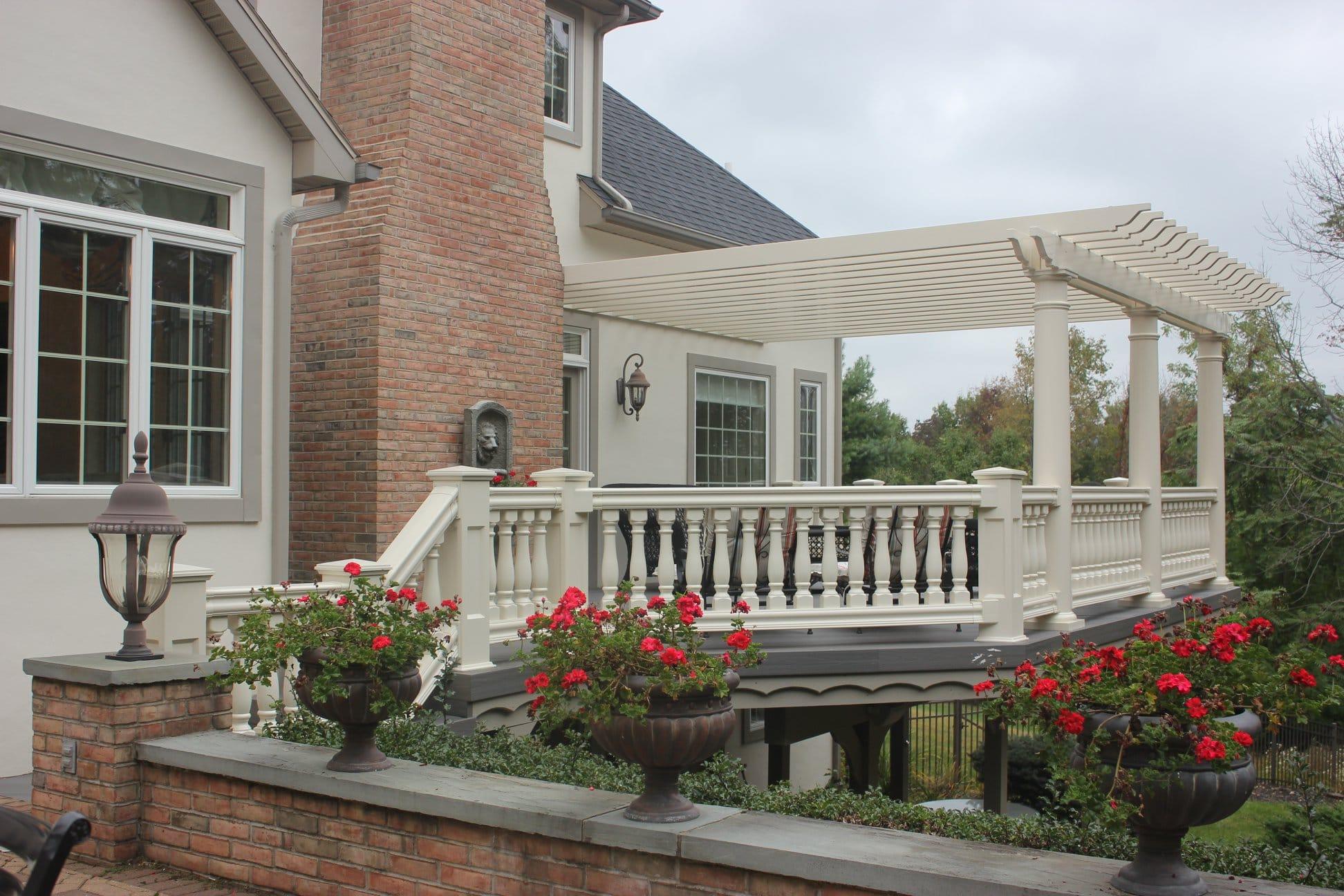
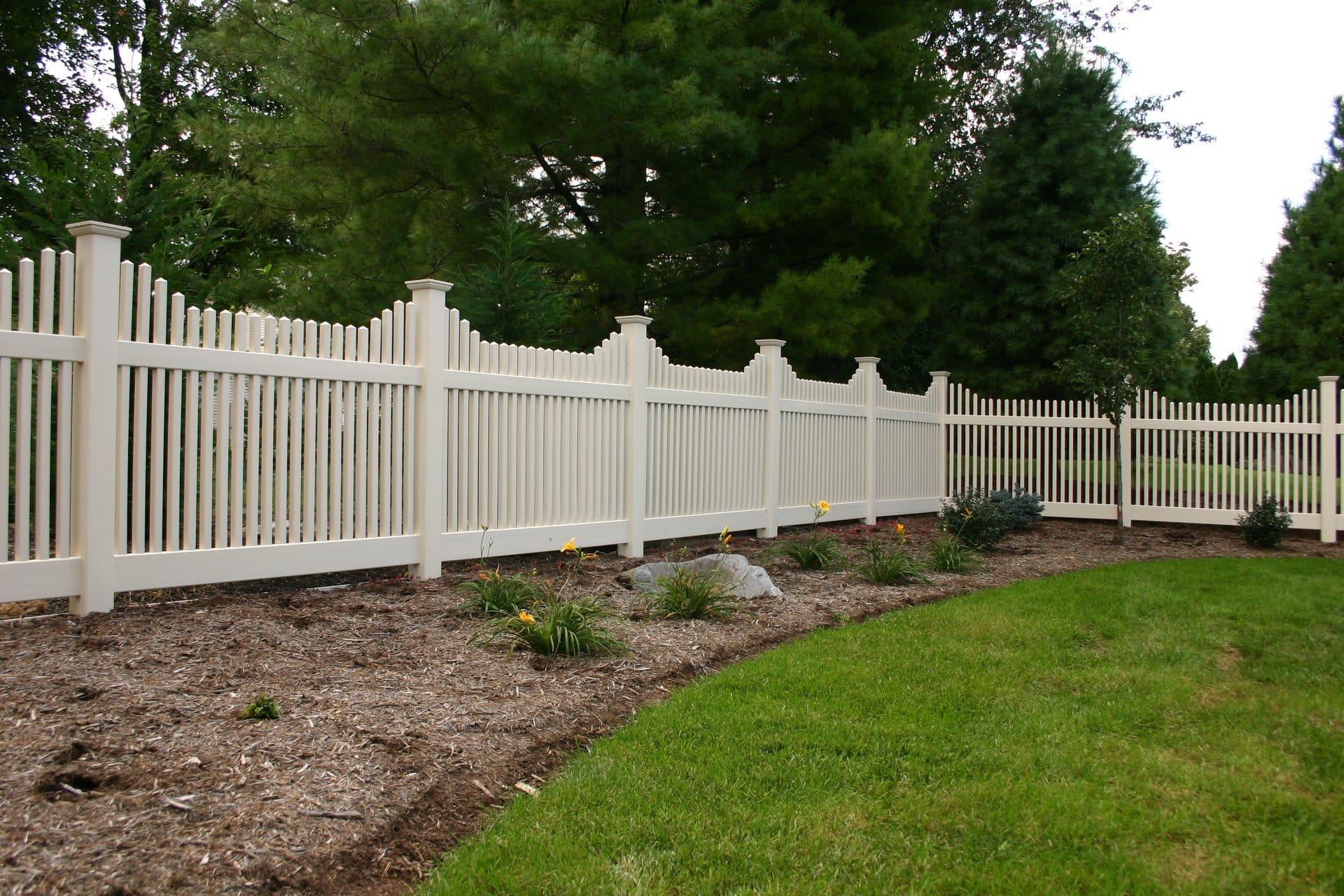

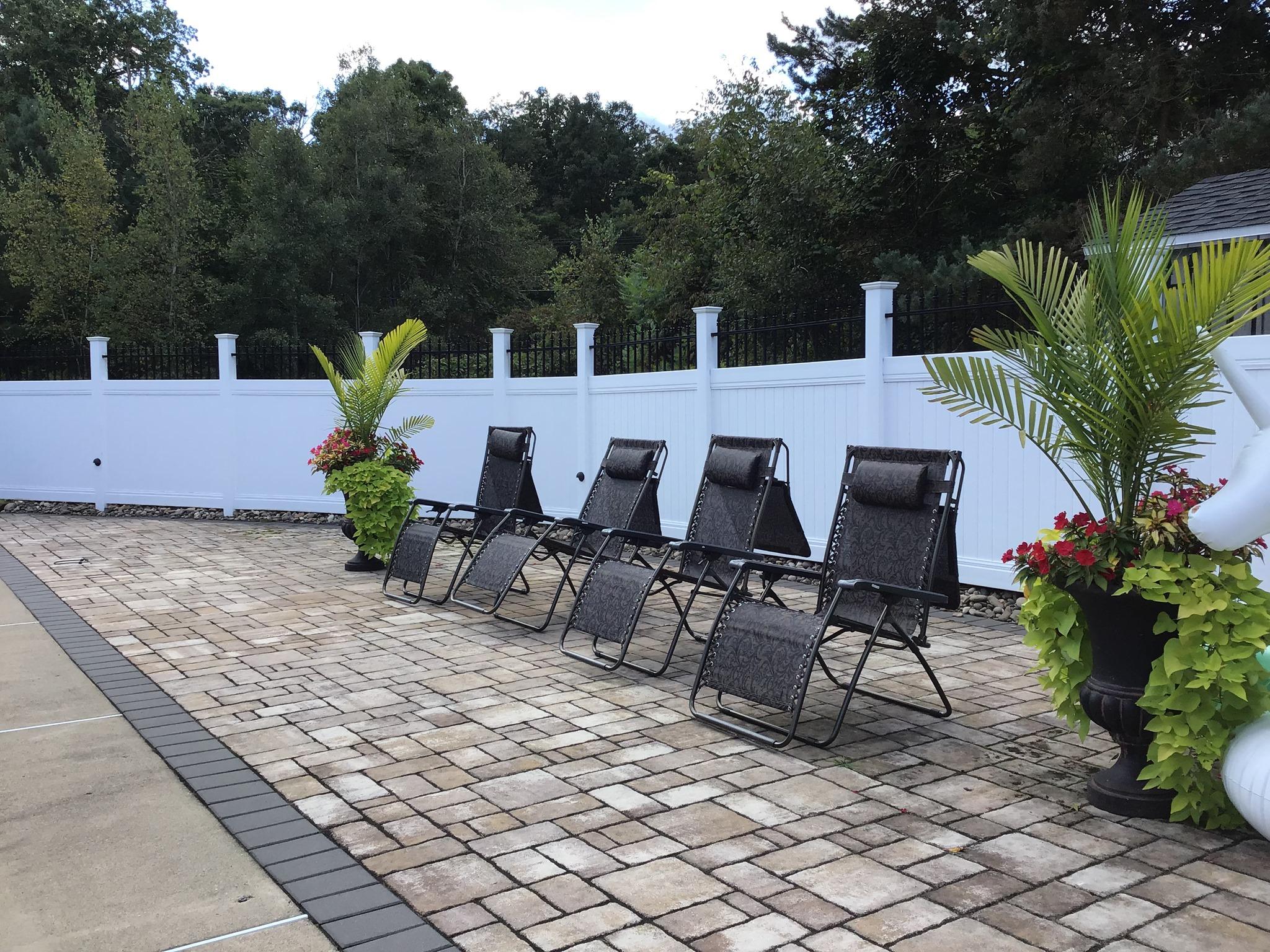
Imagine finally having a backyard where the kids can play freely, the dog can roam without worry, and you can relax in privacy.
And what if a backyard with that kind of freedom and safety can also boost your curb appeal and add value to your home?
At Buffalo Valley Fence, we know a new fence can achieve all this and more, but choosing the right fence is crucial. It’s more than just picking something that looks nice; it’s about finding the perfect balance of functionality, aesthetics, and cost. From defining your primary purpose – be it security, privacy, or containment – to selecting the ideal material and style and staying within your budget, there are several factors you must consider. Choosing the right fence for your property involves carefully considering your individual needs and property characteristics.
That’s exactly what we’re going to dive into in this post.
Before diving into materials and styles, let’s pinpoint why you need a fence. This is the most crucial step, as your primary purpose will heavily influence your other decisions. Let’s look at some common reasons homeowners choose to install a fence. Do any of these fit you?
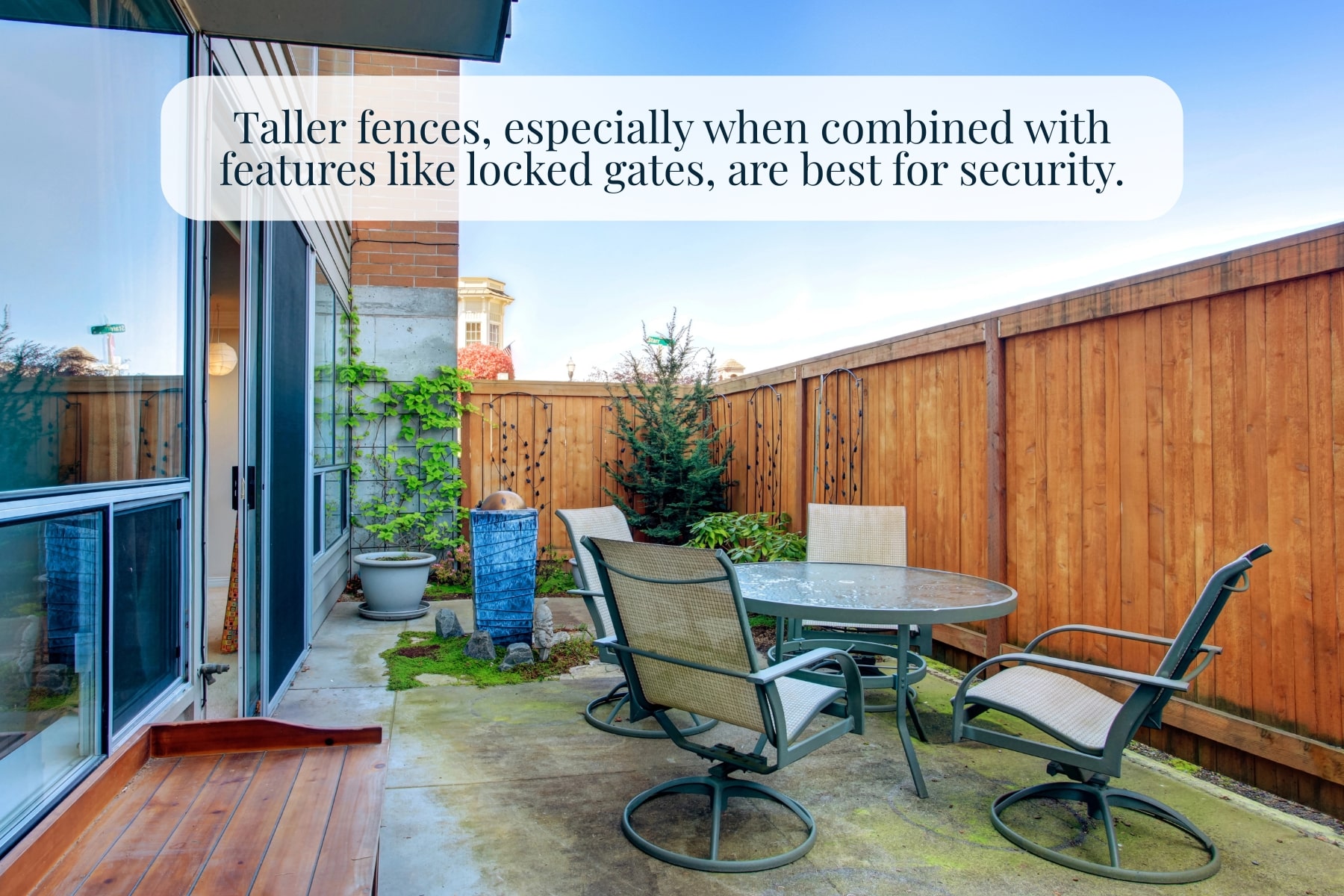

Once you’ve considered these purposes, prioritize them. Which is the most important to you? Is it security above all else? Or perhaps privacy is your top priority? Knowing your primary need will guide you toward the right fence material, height, and style. For example, if security is your main concern, you might opt for a tall, sturdy aluminum fence, while someone prioritizing privacy might choose a high, solid vinyl fence.
Now that you know your priorities, let’s explore the most common fence materials, each with its own set of advantages and disadvantages:
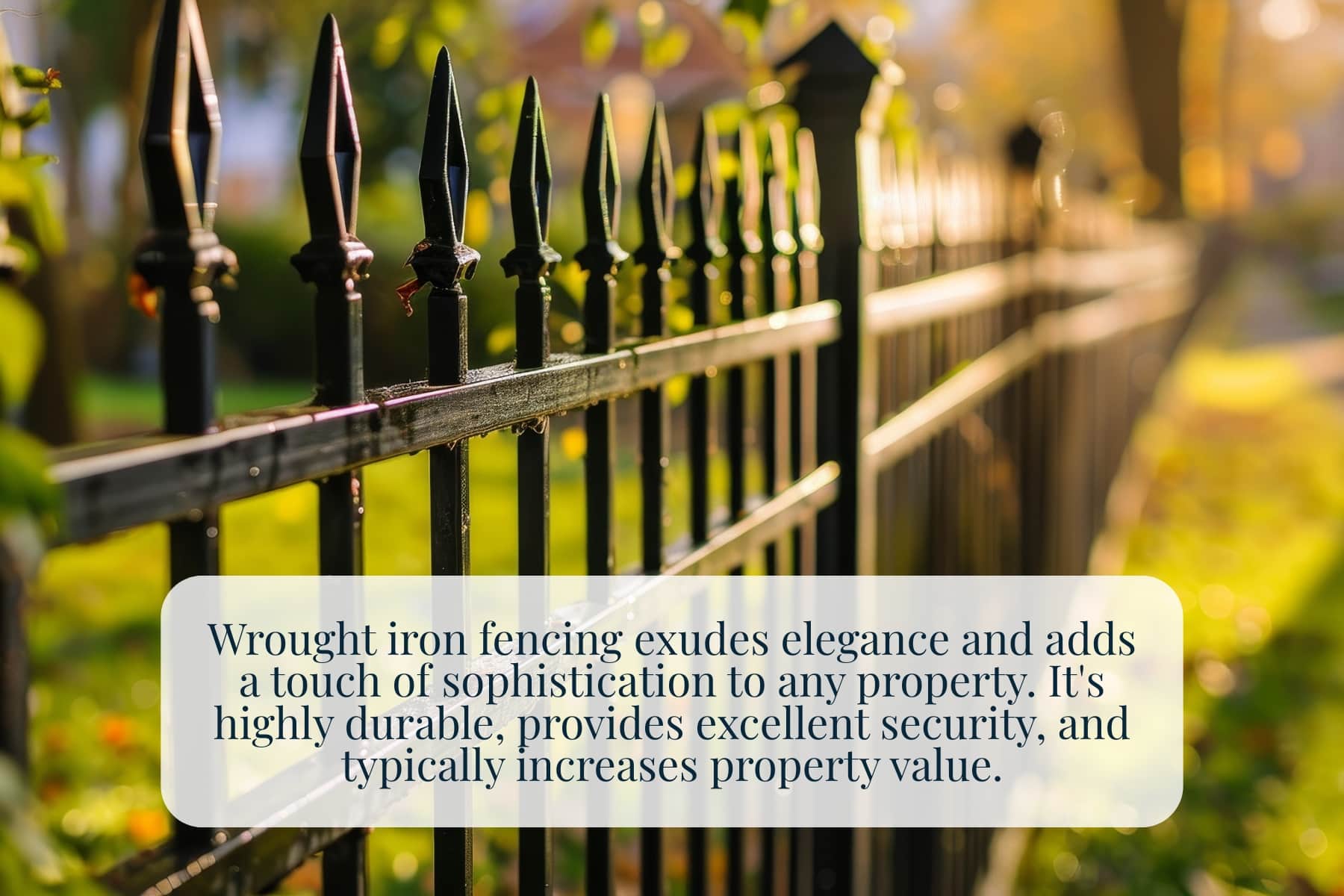
Beyond material, the style of your fence plays a significant role in both its functionality and its impact on your property’s overall aesthetic. A well-chosen fence style should complement your home’s architecture with a seamless blend into the surrounding landscape.
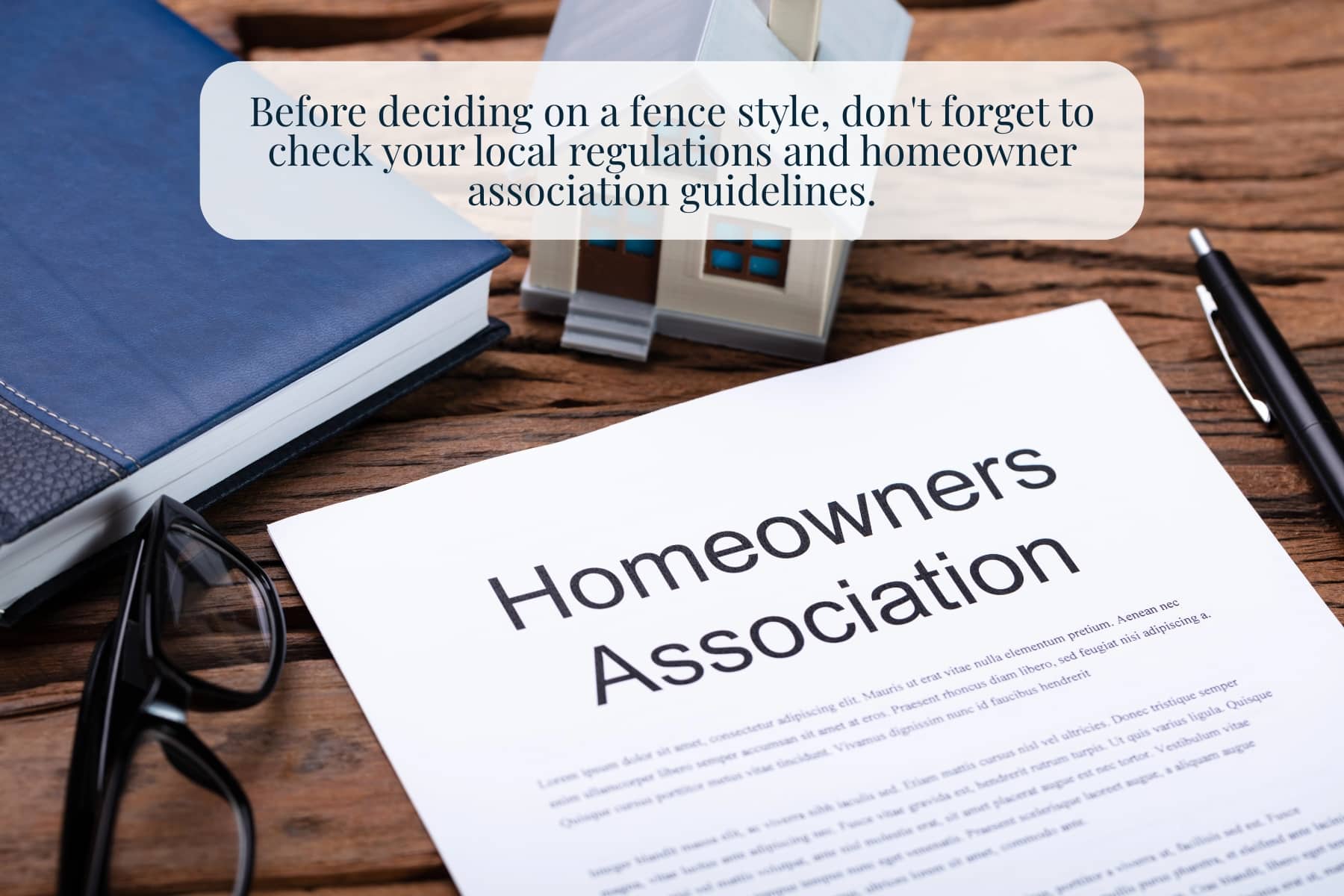
Your local climate plays a significant role in the longevity and performance of your fence. Different weather conditions impact various fence materials in unique ways, affecting their durability and maintenance needs.
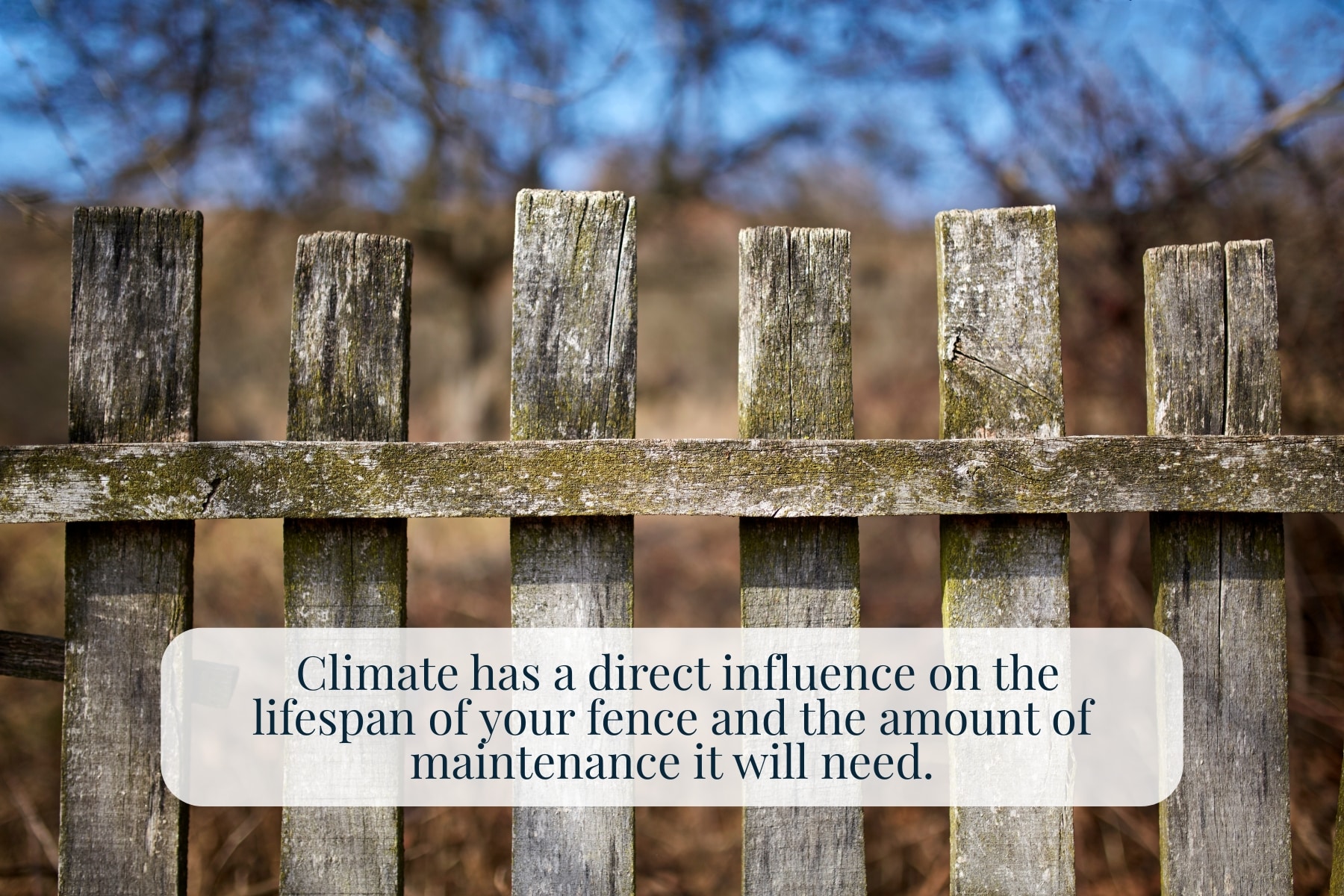
Another key and final consideration for any home improvement project, such as fencing, is budget. Understanding the factors that influence fence cost will help you make informed decisions and avoid budget overruns.
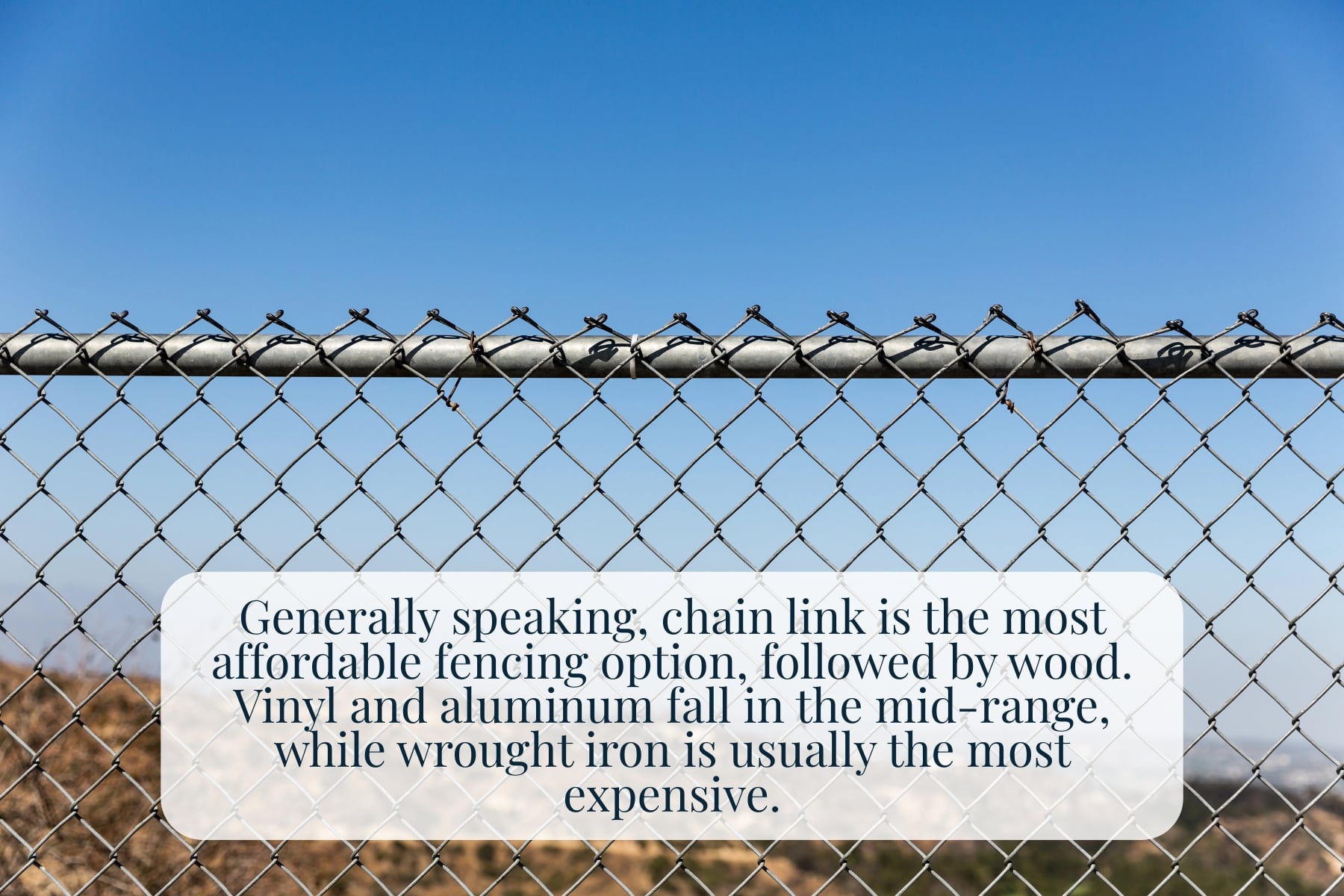
Choosing the right fence for your property is a significant decision that impacts both its functionality and curb appeal. As we’ve explored, several key factors come into play.
Start by defining your primary purpose for the fence – whether it’s security, privacy, containment, or enhancing your property’s aesthetics.
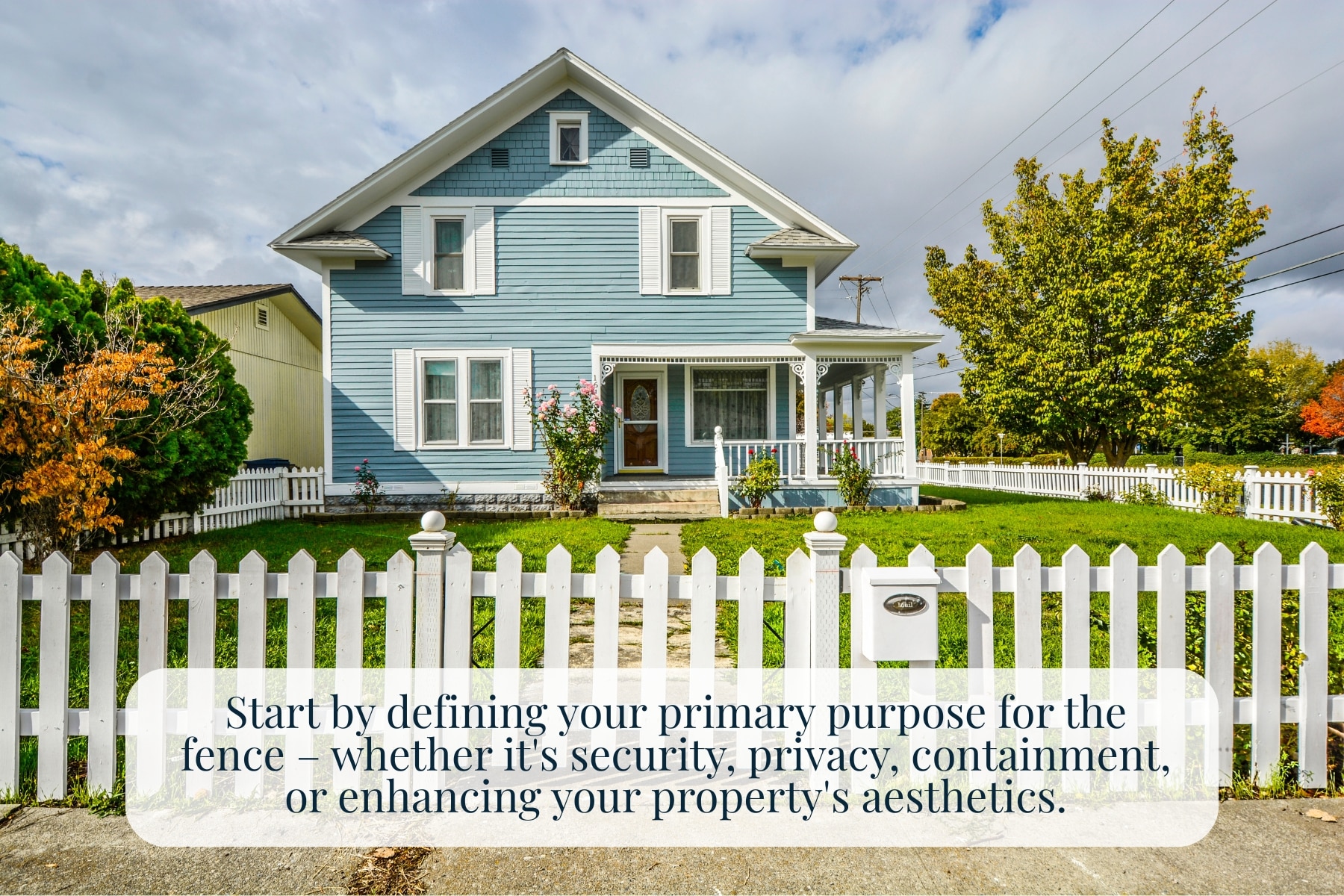
Then, consider the various fence materials available, weighing their pros and cons regarding durability, maintenance, and cost. Don’t forget to factor in your local climate and how it might affect the lifespan of your chosen material.
The style of your fence should complement your home’s architecture and meet any HOA or local regulations. At the end of the day, finding the perfect fence involves balancing your needs, aesthetic preferences, and budget.
At Buffalo Valley Fence and Decks, we understand these complexities and are here to help. Contact us today for a free consultation and quote. We’d love to guide you through the process so you can choose the ideal fence for your property.
Contact Us:
Hours:
Monday-Friday: 8 am – 5 pm
Saturday: By Appointment
Sunday: Closed